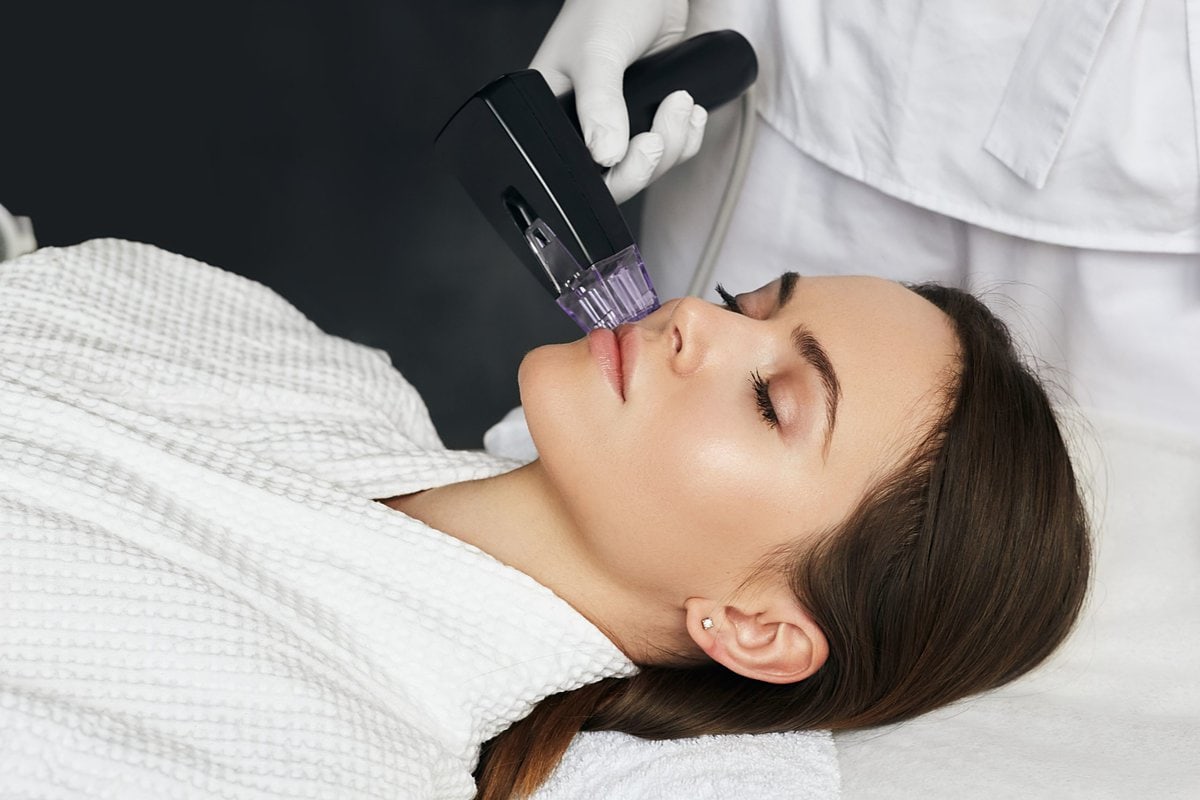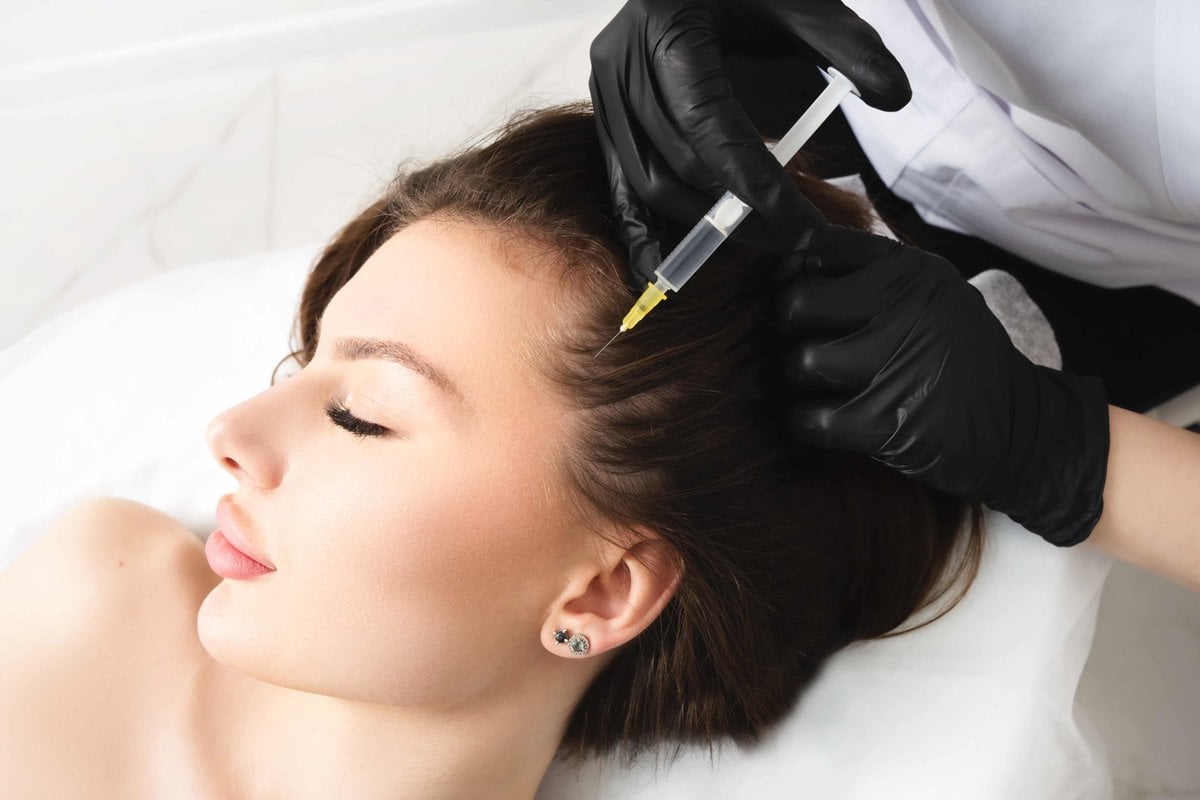You may have heard of the term “exosomes” as a topic in your science subject. From the scientific perspective, exosomes are nanoscale extracellular vesicles secreted by various cell types. The primary function of exosomes is thought to be intercellular communication.
Looking at its primary function and nature, someone may have suddenly thought of exosomes as a new medical treatment method. And they are right! Exosomes are now recognized in Regenerative Medicine and are used to treat diseases.
Cosmetic medicine utilizes exosomes obtained from the body and derived from mesenchymal stem cells and platelet-rich plasma to treat skin conditions. Regenerative medicine focuses on addressing the underlying causes of numerous problems, such as anti-aging, instead of merely managing symptoms.
Just recently, exosomes have been the newest addition in the world of regenerative medicine.
What are exosomes?
Exosomes are nanoscale extracellular vesicles that are secreted by various cell types. They have a diameter between 30 and 100 nanometers, about one-tenth the thickness of human hair.
Exosomes contain genetic material and proteins from the cell’s genome; they also contain lipids and other substances such as growth factors and cytokines (which promote inflammation). A growth factor protein promotes cell development, differentiation, proliferation, and healing.
Exosomes are essentially a stem cell’s byproduct. Exosomes are little messengers released by some cells in your body and move across the body to communicate with other cells. They carry genetic material and instruct cells on how to behave. Exosomes are often produced by mesenchymal stem cells that have been isolated from fat or amniotic fluid. With the help of communication with the cells in the treatment region, these tiny exosomes promote healing and lessen inflammation.
What is the primary function of exosomes?
The primary function of exosomes is thought to be intercellular communication. Exosomes are considered involved in the immune response and wound healing process.
Exosomes can also serve as carriers for miRNAs (microRNAs), which are RNA molecules that regulate gene expression at the post-transcriptional level. It allows them to regulate gene expression through an epigenetic mechanism rather than simply by transcriptional control, as most genes do.
With these being said, exosomes offer a more potent, more effective mix of sources necessary for skin restoration. An exosome facial treatment is a wise decision for those who wish to improve the health of their skin from the inside out.
Exosomes as a new medical treatment method in Regenerative Medicine
Exosomes are tiny vesicles made up of proteins and lipids released by your body when damaged or unhealthy. The primary function of exosomes is to carry genetic information from one cell to another so they can repair themselves or regenerate injured tissue in the body. These exosomes can be used to treat many diseases and skin conditions.
Mesenchymal stem cells (MSCs) are adult cells that can differentiate into any body tissue, making them valuable tools for regenerative medicine. They can also self-renew when isolated from bone marrow or fat tissue where they are initially deposited during embryogenesis indefinitely.
Why Do Exosomes Play Such a Vital Role in Regenerative Medicine?
Exosomal treatment is used in medicine to treat a variety of conditions, including:
- Osteoarthritis
- Inflammation
- Injury
- Exosomes, according to research, show potential as a cell-free method to speed wound healing and lessen scarring.
- Joint or chronic pain
Invasive and non-invasive techniques can be used as anti-aging methods nowadays. Exosomes’ excellent stability, lack of immunological rejection, and capacity to directly stimulate target cells are their main advantages.
Exosomes have also been scientifically shown to improve the look of the skin and scalp in aesthetics:
- Decrease fine lines, wrinkles, and visible age spots
- Exosomes could contribute to skin pigmentation brought on by UV exposure. Additional research on the function of exosomes in the communication between keratinocytes and melanocytes may provide new strategies for controlling pigment synthesis.
- Overall hydration and radiance of the skin
- Skin inflammation and redness
- Minimize scar formation and skin blemishes
- Pore size and texture
- encourages healthy hair growth
- lowers hair loss significantly
- makes hair feel and seem softer and shinier
So how are exosomes administered during therapy?
Unlike stem cell therapy, exosome therapy doesn’t involve using donor cells outside your body. Alternatively, sterilized exosomes are isolated from donated human mesenchymal stem cells (MSCs).
Exosomes can be utilized during a microneedling session or topically during a typical aesthetic treatment session to hasten the healing process after specific aesthetic procedures. You may look and feel years younger thanks to the exosomes in specialized facial rejuvenation therapy, which are made to speed up skin cell regeneration.
What to expect after an exosome therapy?
Even though exosome therapy is still very new, it has already helped patients with many problems and issues. Here are what you can expect if you are planning to get exosome therapy:
- Depending on the consistency of the treatment plan, each session might run anywhere from one to two hours.
- There is no downtime so that you can return to your regular activities following the session.
- The depth of the correction and the particular injectables utilized will determine how quickly the outcomes will improve over the following weeks to months.
- The effects may remain for up to 18 to 24 months and will get better as the body’s collagen production is boosted.
Learn about exosomes and how to use them in regenerative medicine.
Exosomes are nano-sized vesicles secreted by cells. They are used for intercellular communication and can be found in many tissues and organs, including the brain. The human body produces thousands of these vesicles every second. Still, only a tiny percentage will reach their target cells.
Exosomes are also considered essential in wound healing because they contain signals that help promote tissue repair after injury or infection. This discovery led scientists to investigate whether exosomes could be used for regenerative medicine purposes (i.e., treating diseases).
Exosomes are an exciting biological entity. Their structure and functionality have been investigated and identified as essential for intercellular communication and cell-to-cell signaling. Exosomes have also been revealed to play a role in the improvement of skin, and that is why it is a new method in the cosmetic industry.
Learn everything about exosome therapy at A Nu U Aesthetics today!








